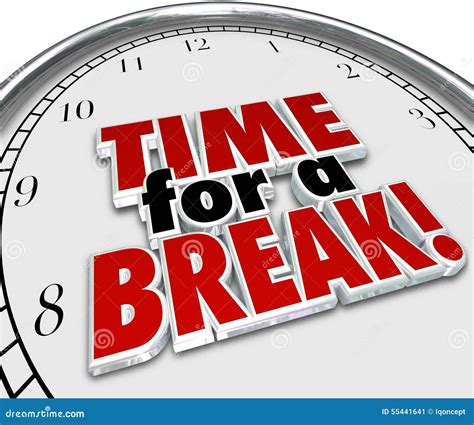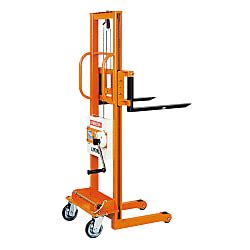Break strength plateaus: advanced tactics for peak performance gains?

Understanding the Plateau Phenomenon
Every dedicated lifter eventually encounters the frustrating wall of a strength plateau. What once seemed like consistent, linear progress suddenly grinds to a halt. This isn’t a sign of failure but a natural adaptation process where your body has become accustomed to your current training stimulus. To push past this, you need to introduce new, more demanding stressors that force your body to adapt further.
Breaking a plateau isn’t just about lifting heavier; it’s about intelligent training, strategic recovery, and meticulous attention to detail. It requires a shift from standard progressive overload to more nuanced, advanced tactics.

Strategic Deloads and Active Recovery
One of the most counterintuitive yet effective strategies for breaking a plateau is to step back. Overtraining, chronic fatigue, and accumulated micro-trauma can severely hinder performance. A strategic deload involves significantly reducing volume and intensity for a week (e.g., 50-60% of your usual load/reps). This allows your central nervous system to recover, repairs muscle tissue, and enhances joint health, often resulting in a surge of strength upon returning to full training.
- Full Deload: Reduce load by 50-60%, reduce reps by 50%, maintain sets.
- Active Recovery: Focus on light cardio, stretching, foam rolling, and mobility work.
Implementing Advanced Training Techniques
1. Cluster Sets
Cluster sets involve breaking a set into smaller mini-sets with short intra-set rests (10-30 seconds). This allows you to perform more reps with a heavier load than you could traditionally, thereby increasing total work volume with high intensity.
2. Drop Sets and Rest-Pause Training
Drop Sets: After completing a set to failure, immediately reduce the weight and continue to perform more reps. This technique pushes your muscles past their normal failure point, enhancing muscular endurance and hypertrophy.
Rest-Pause: Perform a set to failure, rest for 10-20 seconds, then perform a few more reps with the same weight. Repeat this process for 2-3 mini-sets to squeeze out additional reps at maximum intensity.

3. Negatives and Forced Reps
Negatives (Eccentric Training): Focus solely on the lowering phase of an exercise, using a weight heavier than you can lift concentrically. This creates significant muscle damage, leading to greater strength adaptations.
Forced Reps: With the help of a spotter, perform 1-2 additional repetitions beyond your concentric failure point. This technique pushes muscle fibers to their absolute limit.
Optimizing Periodization and Programming
Linear progression often works for beginners, but advanced lifters need more complex programming. Periodization involves strategically varying training variables (intensity, volume, exercise selection) over time. Examples include:
- Block Periodization: Cycling through distinct phases like hypertrophy, strength, and power.
- Undulating Periodization: Varying intensity and volume on a daily or weekly basis (e.g., heavy day, moderate day, light day).
Introducing variations of core lifts (e.g., paused squats, deficit deadlifts, close-grip bench press) can also target weak points and stimulate new growth.

The Critical Role of Nutrition and Recovery
Training is only one part of the equation; what you do outside the gym is equally vital. To break plateaus, your body needs adequate fuel and recovery resources.
Nutrition Strategies:
- Caloric Surplus: To build strength and muscle, ensure you’re consuming enough calories, particularly from protein (1.6-2.2g per kg body weight) and complex carbohydrates.
- Micronutrients: Don’t overlook vitamins and minerals crucial for energy production and recovery.
- Hydration: Dehydration significantly impairs performance and recovery.
Recovery Tactics:
- Sleep: Aim for 7-9 hours of quality sleep per night. This is when most muscle repair and hormonal regulation occurs.
- Stress Management: Chronic stress elevates cortisol, which can hinder recovery and muscle growth.
- Mobility Work: Regular stretching and foam rolling can improve range of motion and reduce muscle soreness.

Mastering Form and Mind-Muscle Connection
Sometimes, a plateau isn’t about strength but about efficiency. Refine your technique on core lifts. A slight adjustment in foot placement, grip, or bar path can unlock significant gains. Video yourself to identify flaws. Furthermore, actively focus on contracting the target muscle during each rep. This mind-muscle connection ensures you’re recruiting the intended muscle fibers effectively.

Conclusion: Embrace the Challenge
Breaking strength plateaus is a testament to your commitment and adaptability. It requires more than just pushing harder; it demands smarter training, meticulous attention to recovery, and a willingness to experiment with advanced tactics. By strategically implementing deloads, advanced training techniques, optimized programming, and focusing on nutrition and recovery, you can overcome even the most stubborn plateaus and continue on your path to peak performance gains. Embrace the challenge, analyze your weaknesses, and approach your training with renewed vigor and intelligence.







